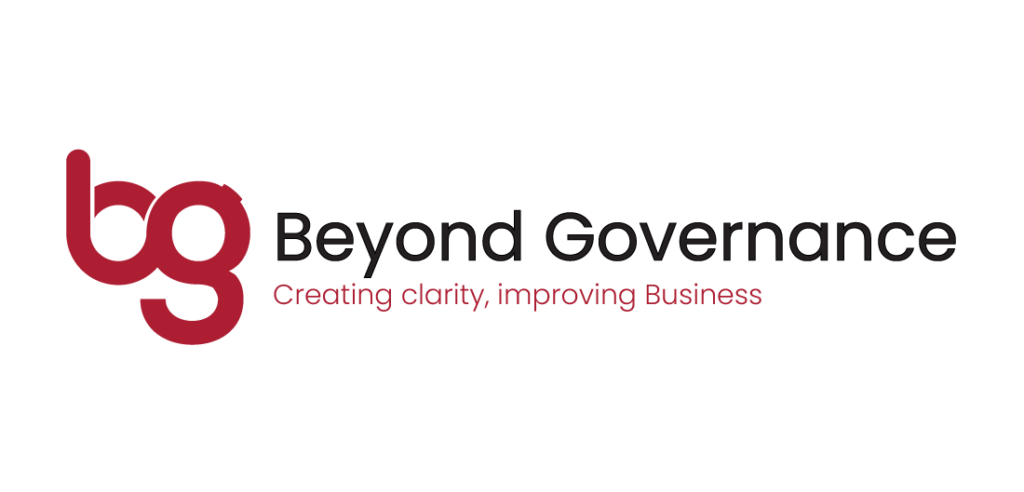Having recently attended the CGI Charity Governance Summit, some thoughts have come to mind about what the charity sector can learn from the corporate world and vice versa.
No matter what the sector or type of organisation, governance will always be about people and how they interact. A company or a charity’s purpose will be the “what” and will, quite rightly, often vary considerably. Governance is the “how” and there is plenty of commonality and crossover. All entities contribute to society in some way or another, it’s just that their stakeholders might be different. The public perception though is that charities are more important to society because of their outputs. However, providing jobs, goods and services and investment opportunities is good for society too.
Regulators have recognised the value of governance by developing codes to follow aimed at enabling organisations to realise their potential. It’s a practical guide to doing the right thing by your stakeholders, whoever they are and whoever you are.
Perhaps some charities fear being seen as “corporate” or even hold a suspicion of the corporate world. However, good corporate governance can introduce the disciplines necessary to ensure effective decision making and there is an appetite within the sector to improve by adding frameworks to protect the trustees and guard against leadership failings. Governance should go hand in hand with any charity’s safeguarding obligations, therefore.
Existing arrangements can be complex and unclear, and this confusion and lack of transparency can lead to convoluted and inefficient processes. This is rarely intentional, just the result of a lack of understanding and historic neglect or blissful ignorance – “the way we’ve always done it”.
Charities should look to the SMEs of this world; owner managed companies trying to take the next step and grow which are starting to realise that they need some external help and advice. Some charities are also looking to grow by increasing fundraising initiatives in order to provide more services.
Some of the more substantial issues affecting everyone in which governance has a role to play are climate change, diversity and the recovery from the pandemic. Other areas include:
Stakeholder identification and management: Directors and trustees have a legal duty to consider the best of interests of their stakeholders and ensure the best outcomes. The purpose and culture of any organisation should always be aligned to the needs of its stakeholders.
Workforce engagement: Winning the hearts and minds of your people and achieved if you listen to them and then set the tone from the top. With more and more people working from home, employers have a duty of care to protect people’s wellbeing. What is the most appropriate engagement mechanism for your organisation? Whichever method is chosen should be aligned with the charity’s culture.
Regulation and legal compliance: In the corporate world, governance has become firmly established due to regulatory and stakeholder expectations. Take the opportunity to review how you do things and make improvements as required. Governance isn’t just the right people talking about the right things at the right time, it’s also the right thing to do. In many companies, there is usually a Finance, HR and Marketing department but no Governance professional – this should change. Although not a legal requirement, charities should consider appointing a secretary therefore.
Competition: Charities rely on people as volunteers and donors whilst companies need customers and employees, so both are vulnerable, in a competitive world, to dysfunction, broken relationships and lack of trust and confidence. Disputes in any relationship are the main cause of failure, after all. Resources will always be limited, and limiting, so must be utilised efficiently. Loyalty from both “supporters” (donors or customers) and employees cannot be taken for granted whilst volunteers are a scarce but essential resource.
Sustainability and liquidity: Both trustees and directors are custodians of an organisation’s wealth, health and reputation. Governance can both help with this objective and build the key ingredient essential to any organisation’s success – trust.
Investment and stewardship: Charities often have funds to invest in corporates which is a clear link between the two sectors. Any investor will be interested in how a company is run but this should be applicable to the investor too. Do you practice what you preach?
Board room dynamics: Is your chair effective – are they inviting all the trustees to participate? Are attendees demonstrating active listening? Corporate governance is all about people and a dominant CEO or weak chair will be a problem in any sector. Where there are people there is politics. This situation can be improved with training and coaching.
Board reporting and information flows: How big is your boardpack? Are reports up to standard? Do you have a template? Are the packs circulated on time? Do people read them?
Board composition: How many trustees do you have? If it is more than 10, how effective is the decision making? Also, there is practical challenge of trying to get a large number of people in the same place at the same time. The enforced requirement for virtual meetings has made this less of a factor but a lot of charities will no doubt return to holding at least some of the meetings in person. Trustees also need to represent the communities in which the charity operates.
Risk Management: A key component of governance and risk management should be a priority for all. Charity trustees are responsible for managing risk, not management. Therefore, trustees need to understand what the risks the charity faces and how the risks can be mitigated.
Succession planning and recruitment: Do you have the right trustees in place with the correct skills, experience and backgrounds to maintain trust and ensure the sustainability of the charity? Is there a suitable pipeline and has diversity been addressed? This can be tested with a skills matrix or a more substantial effectiveness review. Diversity remains a challenge in the charitable sector due to the voluntary nature of the roles which can lead to exclusion.
Reputation: In the media, corporate governance is often associated with an organsiation failing, whether it’s Debenhams or Kids’ Company. However, the failures often lie with the people in positions of trust, not the decision-making processes and frameworks in place. It’s the people in charge, the custodians, losing sight of the purpose of their role and ignoring the rules which are there to protect them and their stakeholders. Trust is essential in whichever sector you operate in and governance is the key to both building and demonstrating this.
Remuneration is a big focus for governance in the corporate world in remuneration, benefits and ensuring fairness. Charities don’t pay in the same way, relying instead on volunteers. This brings a diversity challenge though as the volunteer pool is, therefore, restricted to those who perhaps don’t need to work.
Custodianship brings responsibility so should trustees be paid? Non-Executive directors working in the public sector are paid for performing a similar role after all. The voluntary model is seen as sacrosanct but there is a great deal of money at stake and it matters if a charity fails. Trustees who don’t challenge the executive are not fulfilling their obligations to their stakeholders. The idea that the trustees run the charity is outdated and unrealistic given that board meetings rarely occur on more than a quarterly basis. Like companies, charities should be run and overseen by a unitary board with the trustees overseeing and challenging the executives.
Minutes: An often overlooked and under-valued discipline and skill. Good minutes are also important as a record of the key decisions taken. This is particularly important for when things go wrong.
Other areas that charities should be looking at are conflicts of interest, the division of power and delegated authorities. There are also some simple administrative solutions that can be implemented such as a compliance calendar and a board planner. Charities should also undertake effectiveness reviews of both the board itself and its processes and a gap analysis versus the requirements of the Charity Governance Code to enable a move away from boilerplate compliance. If these are not already in place, it may be because there is no one there to design, develop and implement them.
There is a growing appetite from charities to look outside their own organisation and sector. All companies and charities are different and require a proportionate and nuanced approach to addressing any problems they have. Both sectors are vast and charities are not just the “good causes” we are all familiar with such as Oxfam or NSPCC, but the sector includes schools and universities too.
The government’s response to the pandemic has caused some cracks in organisations to become chasms. Governance professionals can help close these gaps. The time is right following the devastating impact of the Covid restrictions for charities to review their governance arrangements to make sure they remain sustainable, achieve their objectives and be in a position to help those who need them most.




